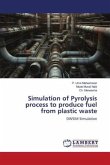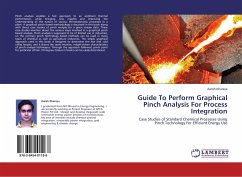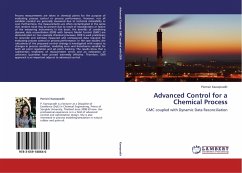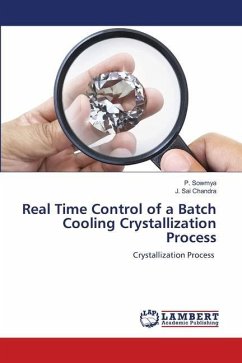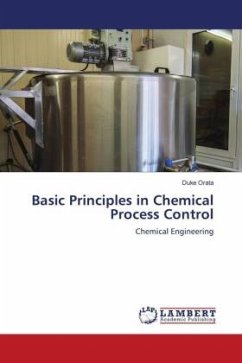A licensed pharmaceutical process is required to be executed within the validated ranges throughout the lifetime of product manufacturing. Changes to the process usually require the manufacturer to demonstrate that the safety and efficacy of the product remains unchanged. Recent changes in the regulations for pharmaceutical processing allow broader ranges of process settings to be submitted for regulatory approval, when a manufacturer can scientifically support the rationale for these settings. The combined validated ranges of settings for process parameters constitute the so called process design space. In this thesis, the applicability of this concept of the process design space is investigated for the cultivation process step for a vaccine against whooping cough disease. This thesis demonstrates that the general principles of PAT and process design space are general and can even be applied to an undefined biological product such as a whole cell vaccine.
Bitte wählen Sie Ihr Anliegen aus.
Rechnungen
Retourenschein anfordern
Bestellstatus
Storno



